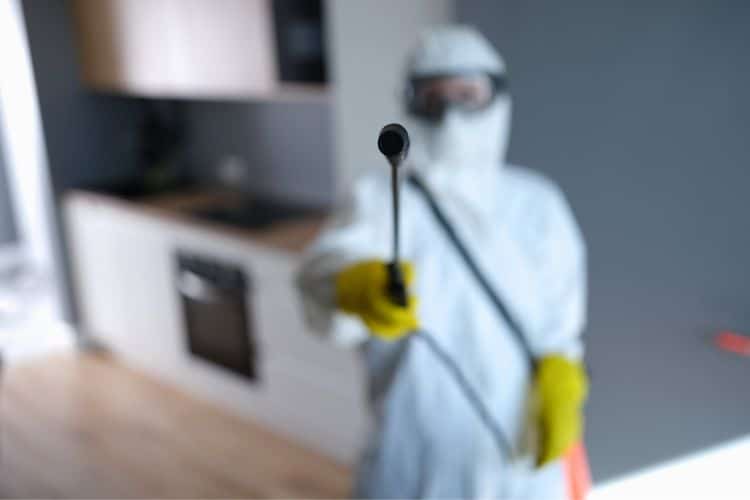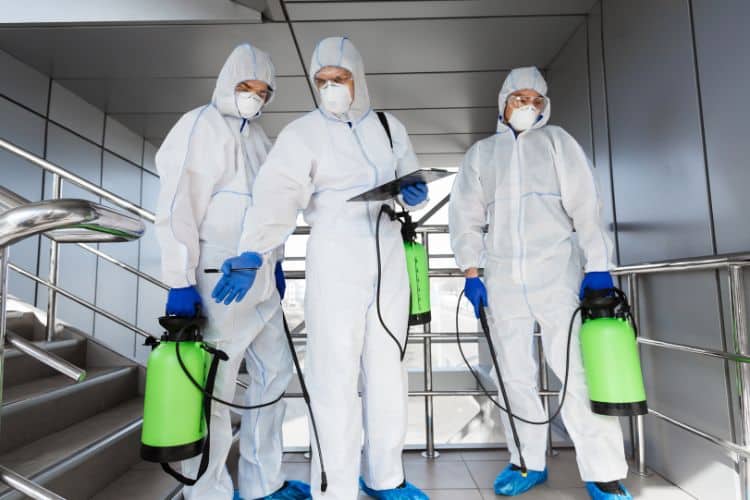In the constant pursuit of providing safer, healthier, and more conducive learning environments for our children, an often overlooked issue demands our attention – the presence of mold in schools. Despite its common occurrence and significant health impact, this ‘invisible’ menace often goes unnoticed and unaddressed. This article sets out to shed light on this critical issue, highlighting the potential health risks it poses to students and staff alike, and exploring preventative and remedial measures that can be taken to ensure our schools remain a nurturing space for learning and growth.
Understanding Mold
Mold in schools poses a major health hazard for students. This problem is often overlooked or ignored, despite the serious risks that come with exposure. In order to address this challenge effectively, it is crucial to first understand the nature of mold and how it can impact human health. Put simply, mold is a type of fungi that thrives in damp, humid environments. When it grows, it produces spores that can be inhaled into the lungs, causing a range of respiratory issues. Additionally, mold can cause allergic reactions and exacerbate symptoms in people with asthma or other respiratory conditions. By raising awareness about the dangers of mold and taking steps to prevent and remediate it, we can help ensure that students have a safe and healthy learning environment.

Health Impacts on Students
Mold in schools can be classified as a hidden health hazard with detrimental effects on student health. Research studies have linked mold exposure to a wide range of health problems, including respiratory ailments, allergies, and asthma. These health conditions can lead to absenteeism, decreased academic performance, and a loss of interest in attending school. Furthermore, the presence of mold in schools can lead to infrastructural damage, which could ultimately result in costly repairs. It is, therefore, pertinent that school administrators and stakeholders take proactive measures to prevent and control mold growth. This will ensure that students remain healthy, comfortable, and focused on achieving their academic goals.

Case Studies of Mold in Schools
Mold in schools is a hidden health hazard that can have serious consequences for students. To understand the scope of the problem, case studies have been conducted to examine the impact of mold on school environments. These studies have revealed that mold can cause a range of health problems, including allergies, asthma, and respiratory issues. The findings from these case studies underscore the importance of proactively addressing mold in schools to protect the well-being of our children. By taking measures to prevent mold growth, schools can create a safe and healthy learning environment for their students.
Addressing the Issue
As we turn our attention to creating safer school environments for students, it is essential to address an issue that often goes unnoticed- Mold in Schools. Mold infestation is a hidden health hazard that can linger in schools for years, causing respiratory problems and allergies among students and staff. The problem is particularly pressing in older school buildings that may have moisture and ventilation issues. Addressing this issue requires a multi-disciplinary approach, with facility managers, educators, and health experts collaborating to identify, prevent, and remediate mold infestation. By taking proactive measures, schools can create healthy learning environments that promote the well-being of children and staff alike.
| Issue | Impact | Solution | Responsibility |
|---|---|---|---|
| Mold Infestation | Mold infestations in schools can lead to respiratory problems and allergies, affecting the health of students and staff. | Proactive measures to identify, prevent, and remediate mold infestation are required. This can include routine inspections, improved ventilation, and immediate action upon detection. | The responsibility to tackle mold infestations is shared among facility managers, educators, and health experts, necessitating collaboration and coordinated efforts. |
| Older Infrastructure | Older school buildings are particularly susceptible to mold due to moisture and ventilation issues. | Modernization of infrastructure, including upgrades to heating, ventilation, and air conditioning (HVAC) systems, can help control moisture and prevent mold growth. | School administrators and facility managers must prioritize infrastructure upgrades and allocate resources for maintaining a safe environment. |
| Lack of Awareness | Mold is often an overlooked issue, with many unaware of the health risks it poses. | Regular education and awareness programs can shed light on the issue, enabling early detection and prevention. | Educators, health experts, and school administrators collectively contribute to raising awareness about mold-related health risks and preventive measures. |
| Ongoing Maintenance | Despite initial remediation, lack of ongoing maintenance can result in re-infestation. | Regular inspections, maintenance, and swift action upon detection can prevent mold recurrence. | Facility managers and school administrators have a crucial role in ensuring continuous maintenance practices and swift response to mitigate mold-related risks. |
Conclusion
In conclusion, the presence of mold in schools is a significant concern that demands immediate and ongoing attention. As these case studies have shown, mold infestations can seriously impact the health of students and staff, leading to respiratory problems and allergies. The responsibility to address this issue lies with everyone involved in the education sector, including facility managers, educators, and health experts. It is through their combined efforts that we can ensure our schools are safe, healthy environments that foster the growth and development of our children. By recognizing and proactively tackling this hidden hazard, we can make a tangible difference in the lives of students, fostering their physical well-being and, consequently, their academic success.




